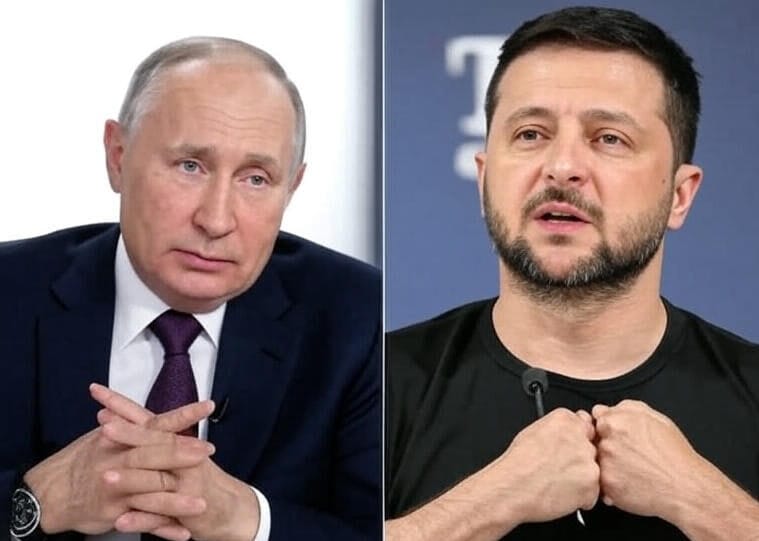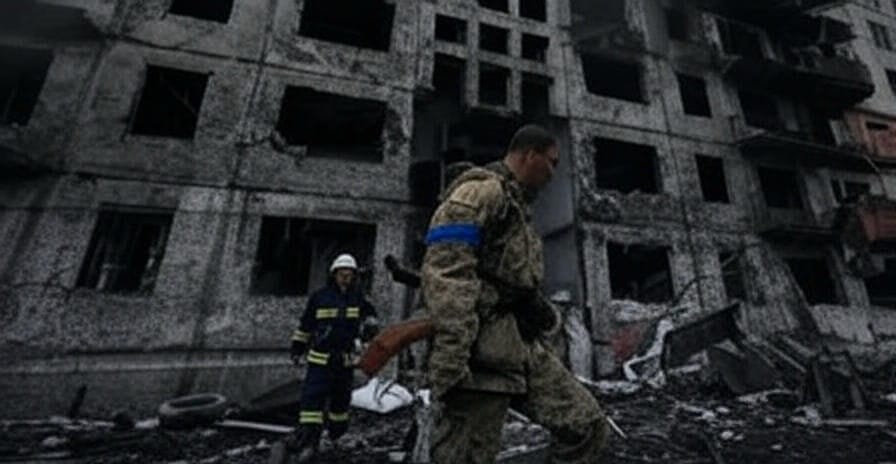
As of July 6, 2025, the Russia-Ukraine war, ongoing since Russia’s full-scale invasion in February 2022, remains a critical global issue characterized by intensified military operations, stalled diplomatic efforts, and severe humanitarian consequences. Recent developments, including large-scale Russian aerial attacks, Ukrainian counterstrikes, and shifting international support, underscore the challenges of achieving a resolution. This article provides a comprehensive update on the current state of the conflict, focusing on military engagements, diplomatic initiatives, humanitarian impacts, economic repercussions, and strategic implications.
Military Developments

Russian forces have escalated their campaign, launching their largest combined drone and missile strike on Ukraine to date. On the night of July 3-4, 2025, Kyiv endured a barrage of 550 drones and missiles, resulting in at least 23 civilian injuries and significant damage to infrastructure, including railway systems. The Russian Ministry of Defense claimed the strikes targeted military facilities, but the civilian toll has drawn condemnation from the United Nations. Russian ground forces have made incremental gains, capturing settlements near Milovo in Kharkiv, Zelenaya Dolina in Lyman, Voskresenska in Donetsk, and Mirnoe, reflecting a strategy of attrition to exhaust Ukrainian defenses.
Ukraine has responded with targeted counterstrikes, leveraging drone technology to disrupt Russian operations. A notable operation involved a drone attack on a Russian air base in Voronezh, targeting a glide bomb store and a trainer aircraft, following earlier strikes on Su-34 jets in Volgograd Oblast. Ukrainian air defenses intercepted 120 Russian drones overnight, with significant activity over Bryansk, Kursk, and Oryol, highlighting the growing role of drone warfare. Despite these efforts, stabilizing the frontline, particularly in Donetsk, remains challenging, though Ukrainian forces reclaimed a settlement north of Sumy city. Reports from Dutch and German intelligence indicate Russia’s increased use of banned chemical weapons, described as “widespread,” prompting concerns about violations of international law under investigation by the International Criminal Court.
Diplomatic Efforts and Challenges
Diplomatic progress remains elusive. A significant shift in U.S policy has raised concerns, with the suspension of critical weapons shipments, including Patriot air defense missiles, cited as due to depleted stockpiles. Critics, including U.S. House Democrat Adam Smith, contend this reflects political thought processes, as U.S.reserves remain adequate. This decision, amid intensified Russian attacks, has heightened Ukraine’s vulnerability. A July 3, 2025, call between U.S. President Donald Trump and Russian President Vladimir Putin yielded no progress, with Poland’s Inaccessible Serve, Radosaw Sikorski, upbraiding Russia of undermining peace endeavors through increased military exercises.The Kremlin awaits dates for further peace talks, but prospects for resolution are limited.Ukraines parliament is set to expand military law and mobilization from Admirable 7 to November 5, 2025, reflecting supported national commitment in spite of residential challenges.
Humanitarian and Economic Impact

The humanitarian crisis is severe, with over 40,000 civilian casualties reported since the invasion.Later Russian strikes on Kyiv and other cities have caused at slightest 85 passings and hundreds of wounds, worsening the uprooting of 8 million Ukrainians inside and 8.2 million overseas, making Europes biggest displaced person emergency since World War II. Damage to civilian infrastructure, including homes and utilities, continues to deepen the crisis. Economically, Russia faces strain, with Economy Minister Maxim Reshetnikov warning of a potential recession due to war costs. Ukraine grapples with reduced Western aid, evidenced by BlackRock’s pause of its Ukraine Recovery Fund, complicating post-war reconstruction efforts.
Strategic Implications and International Response
Russia’s strategy focuses on outlasting Western support through sustained military pressure, leveraging numerical advantages and intensified aerial campaigns. Ukraine counters with technological innovation, particularly in drone warfare, and strategic strikes on Russian assets. The U.S. aid suspension has introduced uncertainty, potentially emboldening Russia, while European nations, notably Germany and Denmark, are strengthening defenses.Finland’s withdrawal from the Ottawa Tradition on landmines reflects increased security concerns over Europe’s eastern flank.The UN Secretary-General has condemned Russia’s attacks, and NATO’s eastern members are increasing military budgets to counter potential Russian aggression.
Conclusion
As of July 6, 2025, the Russia-Ukraine war remains a dynamic conflict marked by escalated Russian offensives, Ukrainian resilience, and stalled diplomacy. The U.S. aid suspension and lack of progress in peace talks complicate Ukraine’s defense efforts, while the humanitarian and economic toll continues to mount. For further insights, refer to sources such as Reuters (https://www.reuters.com), the Kyiv Post (https://www.kyivpost.com), or the Institute for the Study of War (https://www.understandingwar.org).





